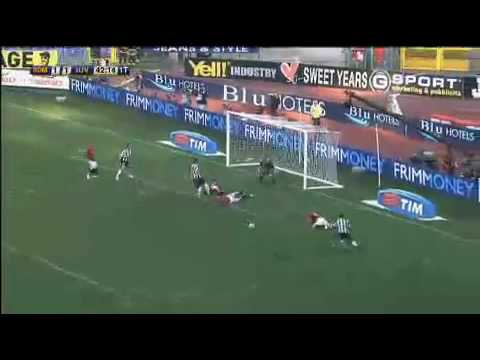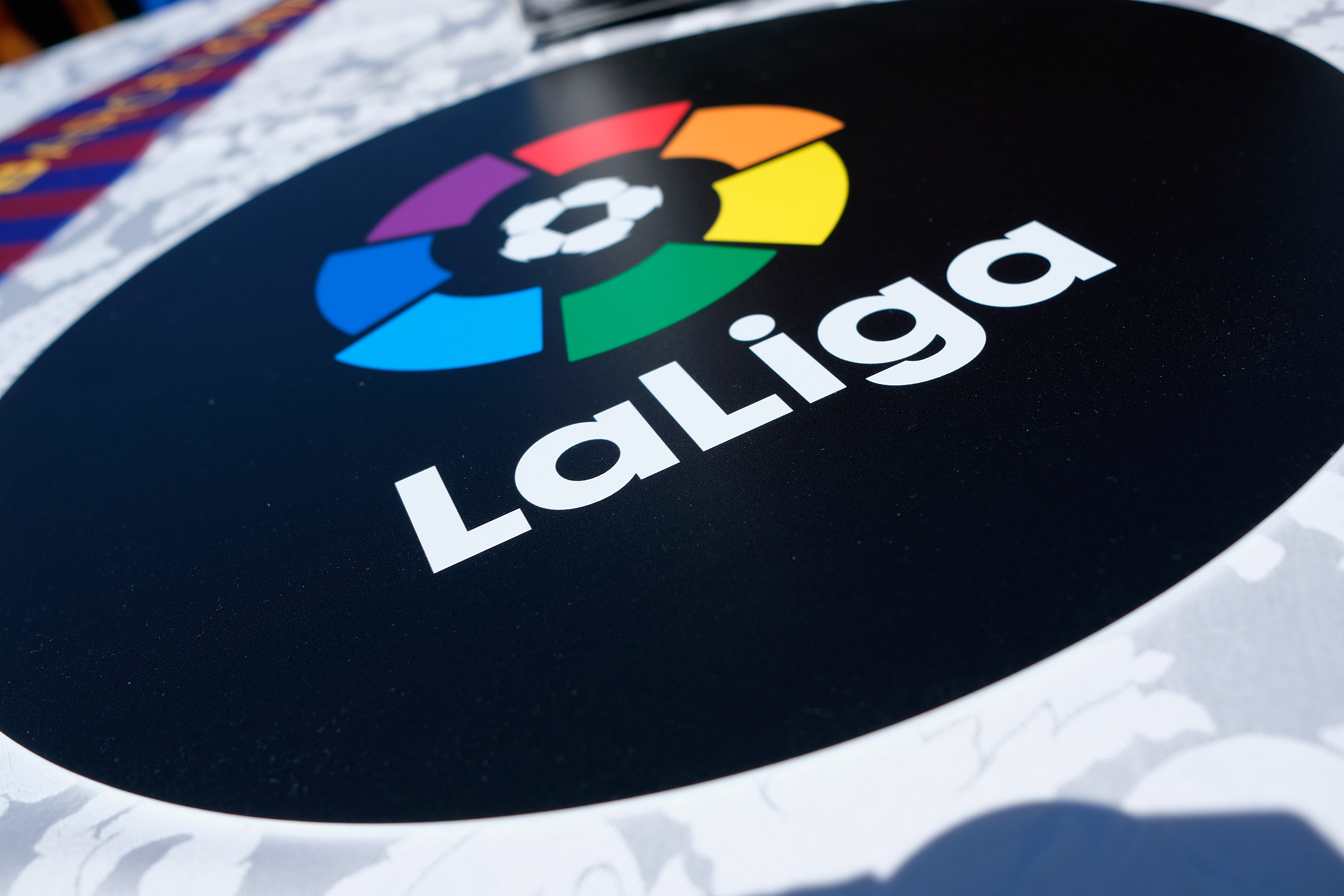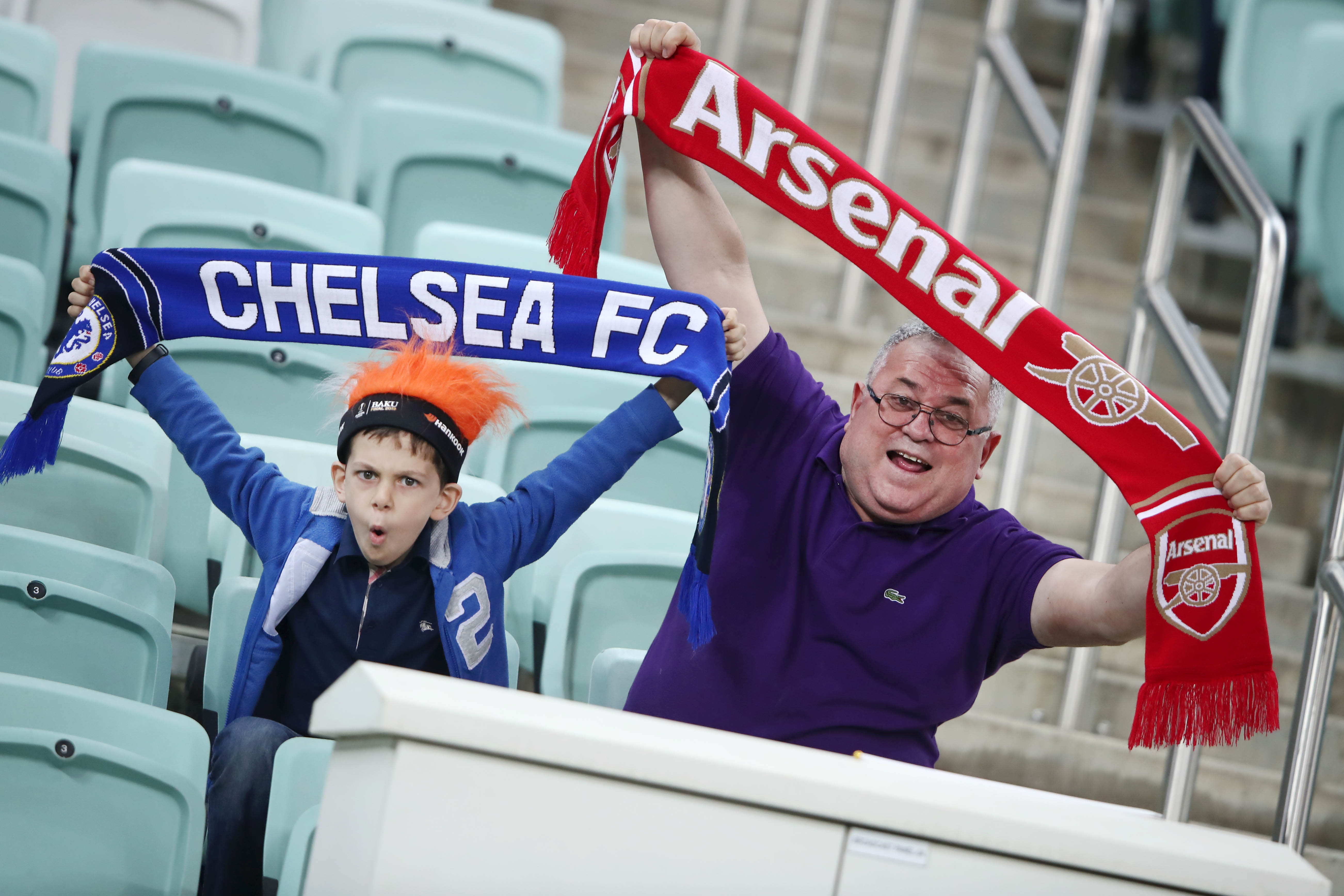Two years ago, some days before today’s date, Juventus squared off against AS Roma on a sunlit afternoon in Rome. Juve had made heavy investments in its squad during transfer window and looked all set to regain lost glory under Ciro Ferrara. After an evenly balanced first 24 minutes the deadlock was broken by a piece of individual brilliance. One of Juventus’ new signings – a Brazilian trequartista from Werder Bremen pressurized Marco Casetti and robbed the ball off him near the half line. He then began a blitzing run towards the goal, at the same time holding off John Arne-Risse. A brilliant finish from outside of the right boot gave Juventus a 1-0 lead at the Stadio Olimpico. On 67th minute with the score tied at 1-1 the same Brazilian made it 2-1 after fooling Mexes with a delightful dummy. The verdict was unanimous – Juventus had unearthed a gem, a successor to Zidane. Diego Ribas da Cunha was tipped to be the next superstar for the illustrious Old Lady of Turin.
Diego in Juventus: Not the Failure he is often made out to be
Diego had already made a strong impact in Juventus before that virtuoso performance against Roma. He scored on his Juventus debut against Seongnam in a pre-season Peace Cup match. His opening goal was another piece of magic where he rolled the ball casually around the edge of penalty box before letting lose a rasping low drive. He was on target against AC Milan in Trofeo Berlusconi – his fierce shot from outside the penalty box took a slight deflection off Thiago Silva’s boot before beating Marco Storari. Vincenzo Iaquinta scored from his precisely delivered free-kick in Juve’s opening Serie A game against Chievo. During start of the 2009/10 season some Juventus fans were calculating Diego’s chance of winning a Ballon D’Or – very few considered the prospect of him being sold after just one season.
So what went wrong with Juventus’ marquee signing of 2009-10 season? There were plenty of things that did go wrong but Diego can’t be blamed for all of them.
Ciro Ferrara used a 4-3-1-2 system initially with Diego playing as a classical trequartista behind two strikers. In such a system two things are highly important – a good passer in three man midfield and mobility of either one of the strikers. Juventus had neither. After selling Christian Zanetti to Fiorentina, Felipe Melo was asked to be a regista and created more problems than chances with his wayward passing. Strikers Vincenzo Iaquinta, Amauri or a half fit David Trezeguet lacked movement both on and off the ball. This resulted in Diego being an isolated figure on the field for long periods of the match. He neither got proper delivery from midfield nor assistance from any of the strikers. He was frequently double marked – rendering him completely useless as Juve’s form dipped dramatically.
There were flashes of brilliance in between – take the incredible period in late October when Juventus scored 12 goals in three matches. Ferrara finally opted to change his system to a 4-2-3-1 and it had an immediate impact on Juve’s performance. Flanked on two sides by Mauro Camoranesi and Sebastien Giovinco, Diego roared back to form as Juventus thumped second placed Sampdoria 5-1. He looked effective and received plenty of backing from the mobility of Giovinco and Camoranesi’s creativity. Sadly, subsequent injuries meant that this trio didn’t play a single game together again. Another memorable moment from Diego was his strike against Fiorentina which showcased his technique. Following a neat interplay with Del Piero he calmly slotted the opening goal after splendid footwork.
A change of coach in mid-season brought a change of system as Zaccheroni started using a 3-4-3 or a 4-4-2. The new coach was never able to accommodate Diego properly as the Brazilian looked like a ghost of himself.
Diego failed to live upto his bright start in Juventus
In terms of stats (and just stats) Diego’s debut season in Juventus wasn’t that calamitous. He had 6 goals and 8 assists in 37 starts – compare this with that of Wesley Senijder with 9 goals and 12 assists in 43 starts. Sneijder was easily one of the best players in the world in that period and was also helped by a far superior team around him.
With Gigi Delneri’s arrival Diego’s position in Juventus came under the scanner. Delneri preferred a 4-4-2/4-2-4 with emphasis on wing play – a system that didn’t have a place for a trequartista. There were talks about using him as a support striker. Instead, Juventus opted to loan in Fabio Quagliarella and sold Diego to Wolfsburg for 15 million Euros with a 10 million depreciation of market value after just one season. Beppe Marotta’s crusade to decrease Juventus’ bloated wage bill was another reason behind Diego’s sale as he was one of the highest paid players in the squad. That performance against Roma still remains one of the finest individual performances from a Juventus player since 2006.
When In Wolfsburg, do as Felix Magath Says
2008-09 Bundesliga champions were looking to rebound from a disappointing 8th place finish in 2009/10 season. Arrival of Diego (on a club record transfer fee) paved the way for Bosnian Zvjezdan Misimovic to move to Galatasaray. It was expected that Diego would resurrect his career in a league where he had already succeeded in past. His Wolfsburg debut ended in a thrilling 4-3 loss to Mainz but Diego scored a goal on the 30th minute top put his side up 3-0.
Wolfsburg employed Steve McClaren after the latter’s history making season with Dutch side FC Twente. In hindsight, employment of McClaren proved to be one of the main reasons behind Wolfburg’s nightmarish season. McClaren preferred a system which was markedly different from the ones used by Wolfsburg till then and the players struggled to adapt.
After back to back defeats in opening matches Wolfsburg bounced back to form with a hattrick of victories – Diego opened the scoring in a 2-0 win over Hannover while assisting Grafite’s twin strikes against Freidburg. From there on Diego and Wolfburg’s season went downhill steadily. McClaren often experimented with Diego – fielding him in positions he was not fully comfortable in.
Between October and January, Wolfsburg didn’t win a single match, including a bizarre streak of seven consecutive draws in January. By this time Diego was clearly demotivated and his frustrations boiled over. On 5th February, Wolfsburg travelled to Hannover and was trailing 1-0 with 5 minutes left on the clock when they were awarded a spot kick. Diego insisted to take the kick ahead of first choice specialist Patrick Helmes. He missed the penalty kick and Wolfsburg eventually lost 1-0. Diego was banned for one match by the club as a result.
Steve McClaren was sacked and Pierre Littbarski was installed as a care taker manager. The new manager based his system on Diego, giving him full freedom. In the new system, Diego excelled in the first game, against basement boys Borussia Monchengladbach. He missed a penalty but scored a brace afterwards to earn a 2-1 victory for Wolfsburg.
When Felix Magath was announced as new coach, Diego welcomed the move saying, ‘Magath has an impressive track record and is a respected coach. For me personally, the change in coach is good.’ His relation didn’t take long to get cold and the player himself will have to share a lot of blame for antagonizing one of the most successful German gaffers.
Diego didnt replicate his Werder Bremen for for Wolfsburg.
Upon learning that he will be benched for the crunch last match against Hoffenheim, Diego walked out of the team meeting. He didn’t contact team officials afterwards. Felix Magath was irate and threatened legal action against the Brazilian. Franz Beckenbaur had this to say –‘I find it disrespectful to leave the team in such a situation. That is not on; it is a sign of a bad character. I cannot imagine Diego having any kind of future under Magath’. Diego’s actions certainly show him in a poor light as he left his team mates before an all-important battle to stave off relegation.
After preventing relegation a calmer Felix Magath came out and said that he was willing to work things out with Diego but on his own terms. It was clear that Diego was less likely to see out his contract with Wolfsburg which ends in 2014. In Wolfsburg too Diego’s stats are pretty good – 6 goals and 9 assists in 30 starts.
A Victim of Circumstances
At 26, Diego should be looking ahead to the peak of his career but instead has to recover both his form and image. His talent is beyond doubt but his mental state is often fragile. He has also been a victim of circumstances. In last two seasons Diego has played under five different managers, each adopting a different tactical approach. He has joined two clubs which aimed for things their squads were not capable of achieving and ended up losing their ways in mid-season. In both clubs he was the most expensive signing in respective seasons – making him an easy target for criticism.
His transfer to Atletico Madrid can act as a double edged sword. As a club Atletico has often endured stormy and chaotic seasons in last ten years. This season they have invested heavily, bringing in Radamel Falcao and Arda Turan. Once again Diego will go into a club which expects to do well in coming season but may not have the squad depth to achieve it. On the other hand, the presence of Turan, Falcao, Reyes and a league which favours offensive football can act as the stimulus the Brazilian needs to resurrect his career.
This will be a make or break season for Diego. One more failure will see him get classified with dozens of Brazilian players who failed to maximize their talents in senior level. A good season can see him sneak into Brazilian national team thanks to Kaka’s fitness problems and Ganso’s ordinary showing in Copa America.


![diego_289561 [C]livesoccertv](http://www.thehardtackle.com/wp-content/uploads/2011/08/diego_289561-Clivesoccertv.jpg)
![diegowolfsburg [C] matchhighlights[.]com](http://www.thehardtackle.com/wp-content/uploads/2011/08/diegowolfsburg-C-matchhighlights.com_.jpg)




